“I don’t think we ever totally find ourselves, we just keep changing and evolving,” says Danish jewelry designer Vibe Harsløf. Her eponymous brand’s story backs up the assertion: it has seen many iterations and styles over the years.
Vibe admits that she wasn’t initially set on being a goldsmith. “I actually wanted to be an interior designer,” she explains, “but it was too hard to get into that school.” She happened to go to a design show with friends of her family, including some really wild jewelry design. “They were making jewelry out of everthing – jewelry out of dog biscuits!” She laughs. “I remember thinking to myself: oh, maybe this is something for me.”
As a result, Vibe enrolled in a goldsmith program in Germany in 1994. She continued as an apprentice in southern Germany, a time period of which she says: “Living there was so boring. But I learned a lot about my craft and myself. I always knew, however, I wanted to go back to Copenhagen.”
Upon finishing her apprenticeship, that’s just what she did, renting a workspace at Jane Kønig’s studio. “I’ll always be grateful to Jane for taking me in like that and letting me sell my pieces in her store,” Vibe explains, “and to this day we still have a special relationship. That’s really where I got my start.”
 |  |
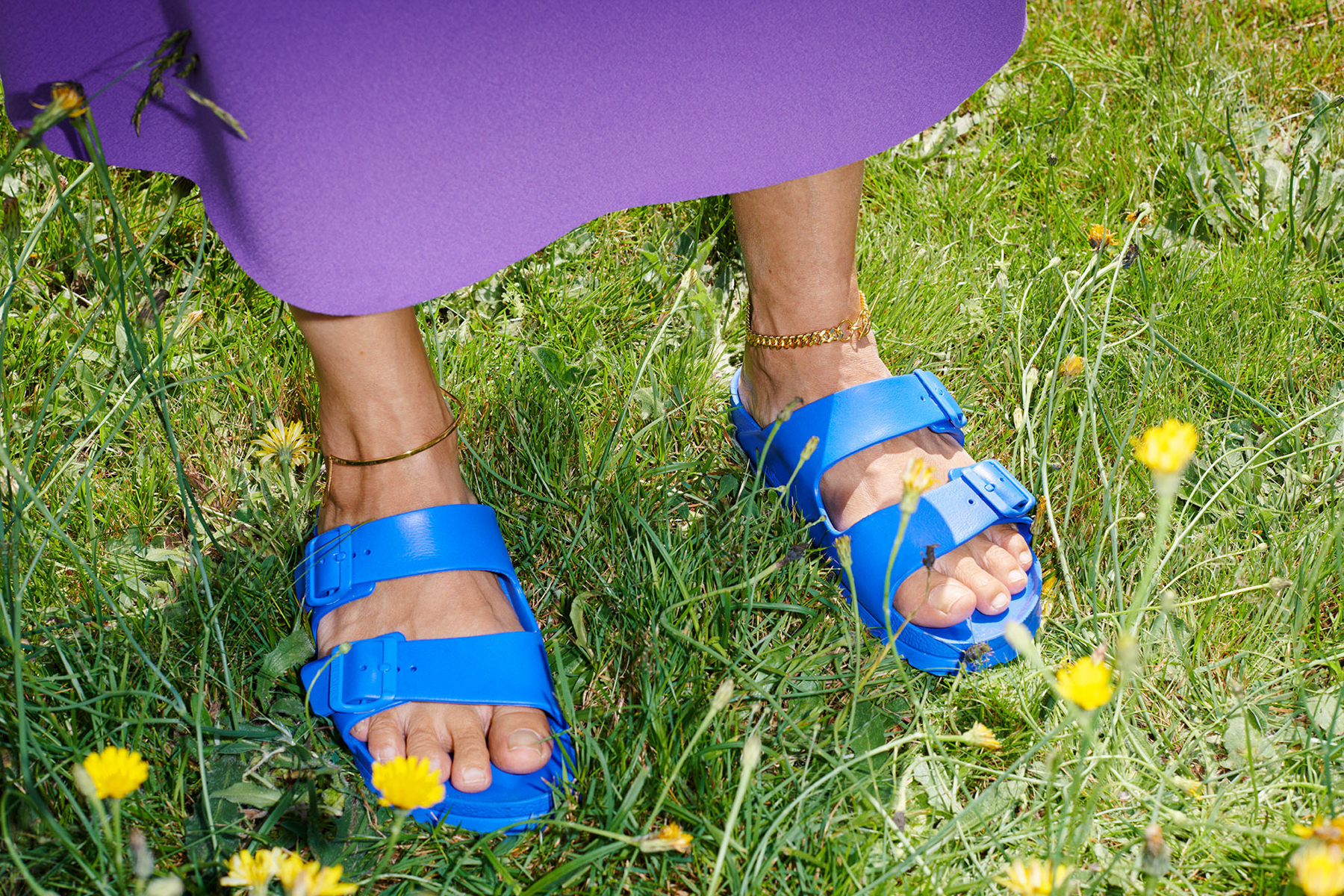 | |
In 1997, Vibe met a man who became the father of her son and also a creative collaborator. “He was as furniture designer, and right away we started creating things together. It was a time of intense creativity for me,” she says. While she says that she never thought directly about the influence of Scandinavian design, she does note that this is the design tradition that clearly informs her work. “I look at the work of Vivianna Torun Bülow-Hübe and I see a lot of where I come from,” she says. “I didn’t realize it at the time of course – I wanted to be different! But obviously we all come from somewhere.”
During this period, Vibe’s work was fresh, modern, and punk; a kind of Danish jewler version of Vivienne Westwood. “I was making bangles out of wooden veneer, dresses from silver wire and rubber, and necklaces with huge Perspex animals. It was really fun!” she says.
“But it was also a turbulent time because there was no line between work and play, so professional and personal emotions got all blended together. At times, that can be hard.” Vibe planned to open her own shop, and even went so far as to find the location and sign the lease. “The day after the shop opened, I found out I was pregnant,” Vibe says with a laugh. “I knew that I wouldn’t be able to launch the shop during this time. So I gave it up and just kept up with a small studio instead.”

Vibe says that while she doesn’t regret this time at all, it certainly showed her how professional life and family life are not always made to be enjoyed together, especially when you run your own business.
“I had to make choices at that time about whether I wanted to focus on my job or on my family. I chose my family, and that was the right choice for me. But it meant that I was on a different path than I originally thought,” she explains.
 | 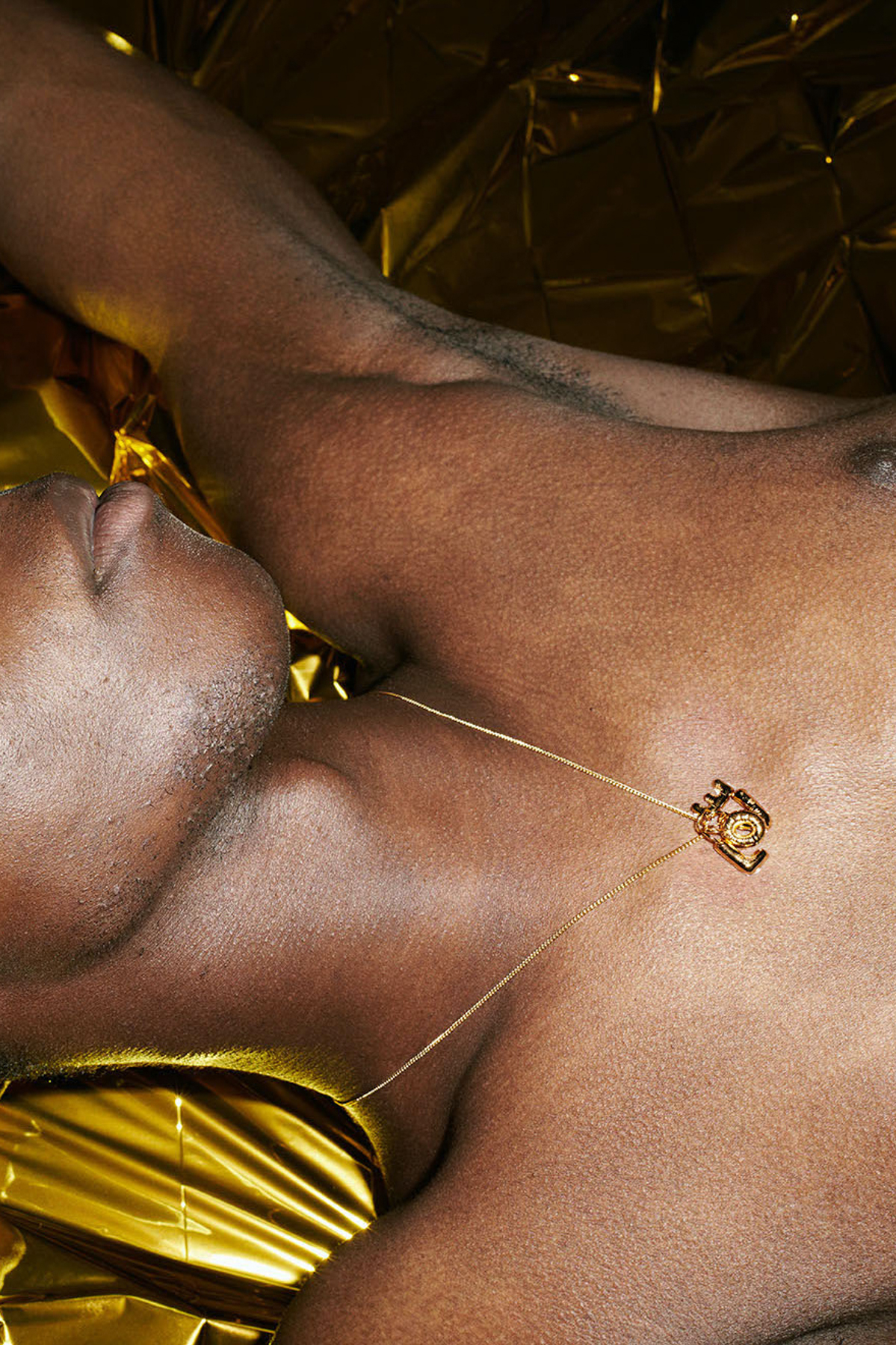 |
 | |
For the following decade, Vibe designed for Arena and made a biannual namesake collection that was sold through a showroom in London. She went on to autonomously run FAFAFA, a sub-label of Danish jewelry brand Pilgrim in 2006, which closed in 2008 when the financial crisis hit. Then, for a time, Vibe continued her biannual collections, although she says, “I wasn’t really connecting to it.”
A book of photographs focused on Kinbaku, the Japanese form of erotic bondage which translates to “the beauty of tight binding,” proved to be the breakthrough moment that Vibe needed. “I remember the images so clearly – they were really glossy and sexy, and I just felt really inspired by them and the idea of creating a focus on certain part of the body by restricting or highlighting it,” she says. “After that, I started creating hand and ear pieces that were a little more intricate than just a bracelet, ring, or earring.”
 | 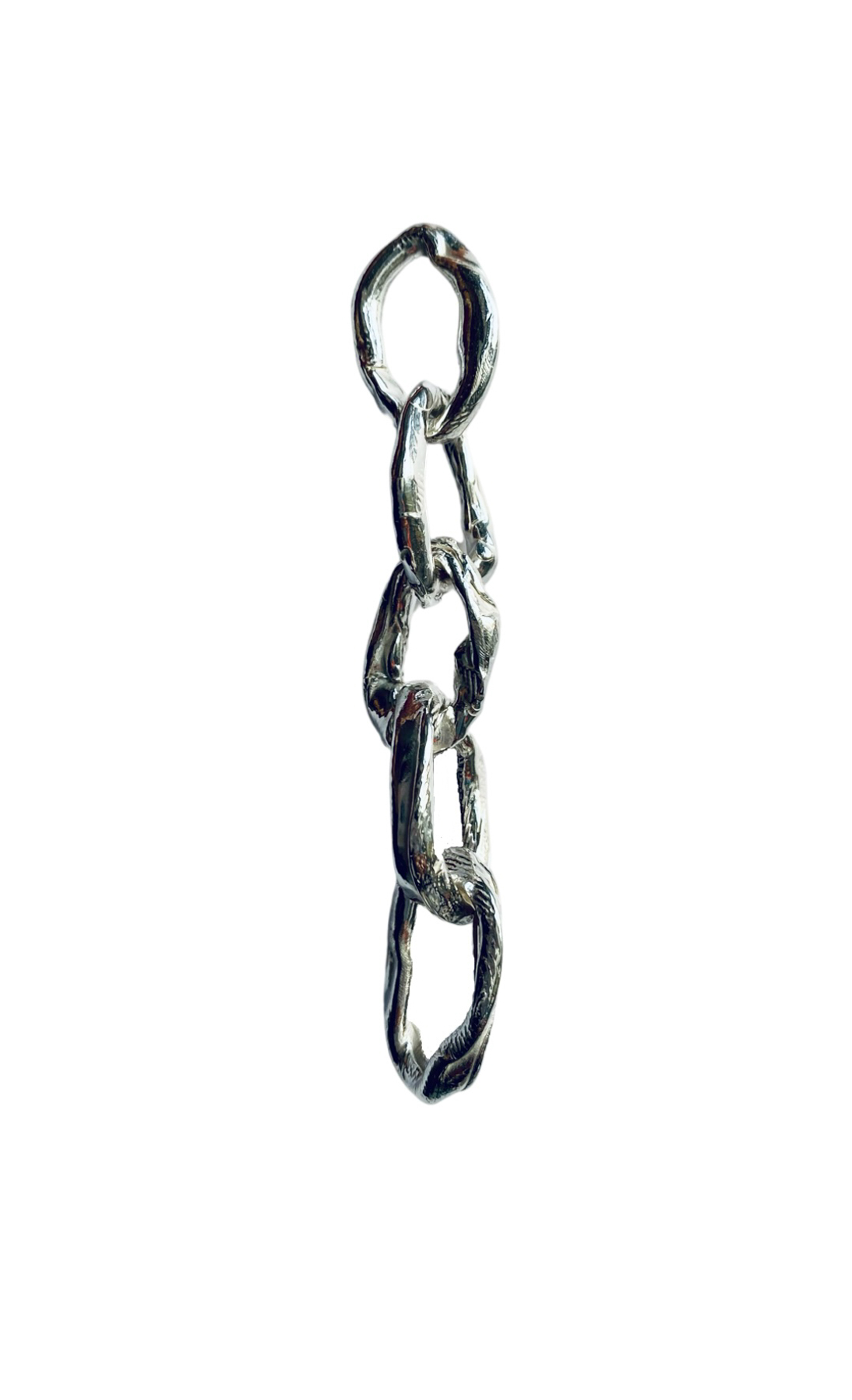 | 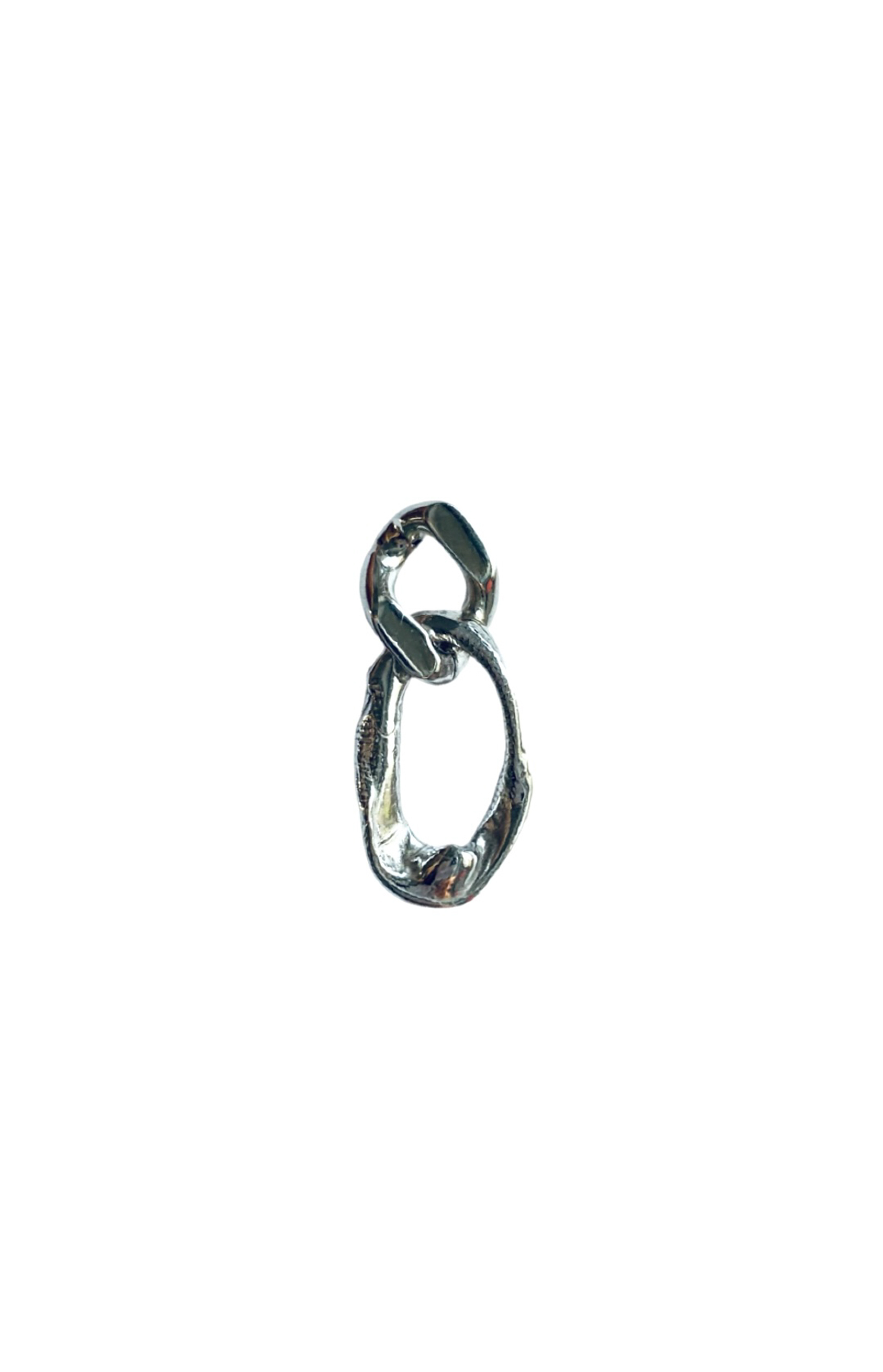 |
Although Vibe works in both gold and silver, the bulk of her pieces are in silver. “I love silver because of the color and its flexibility, but it’s also a bit more affordable! That’s important to me,” she says.
Vibe began selling her brand in high-end stores as well as online, which she does to this day. She still makes all her samples in her studio in Copenhagen, and then the pieces are produced in Thailand in a factory with which Vibe has worked for many years. “The factory I work with is a huge part of my business, so of course I need to have a good relationship with them. I couldn’t do it without them.”
 | 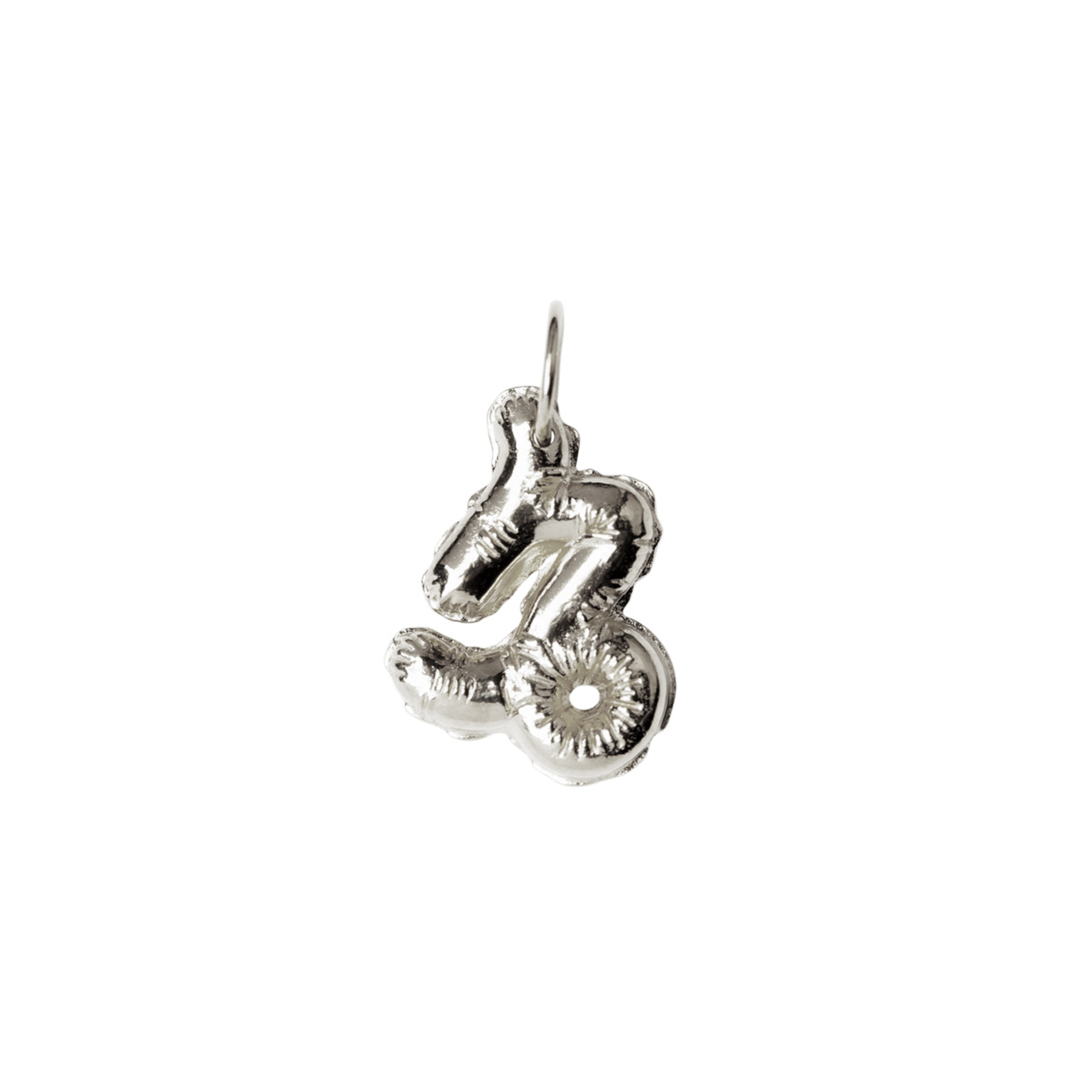 |
 | 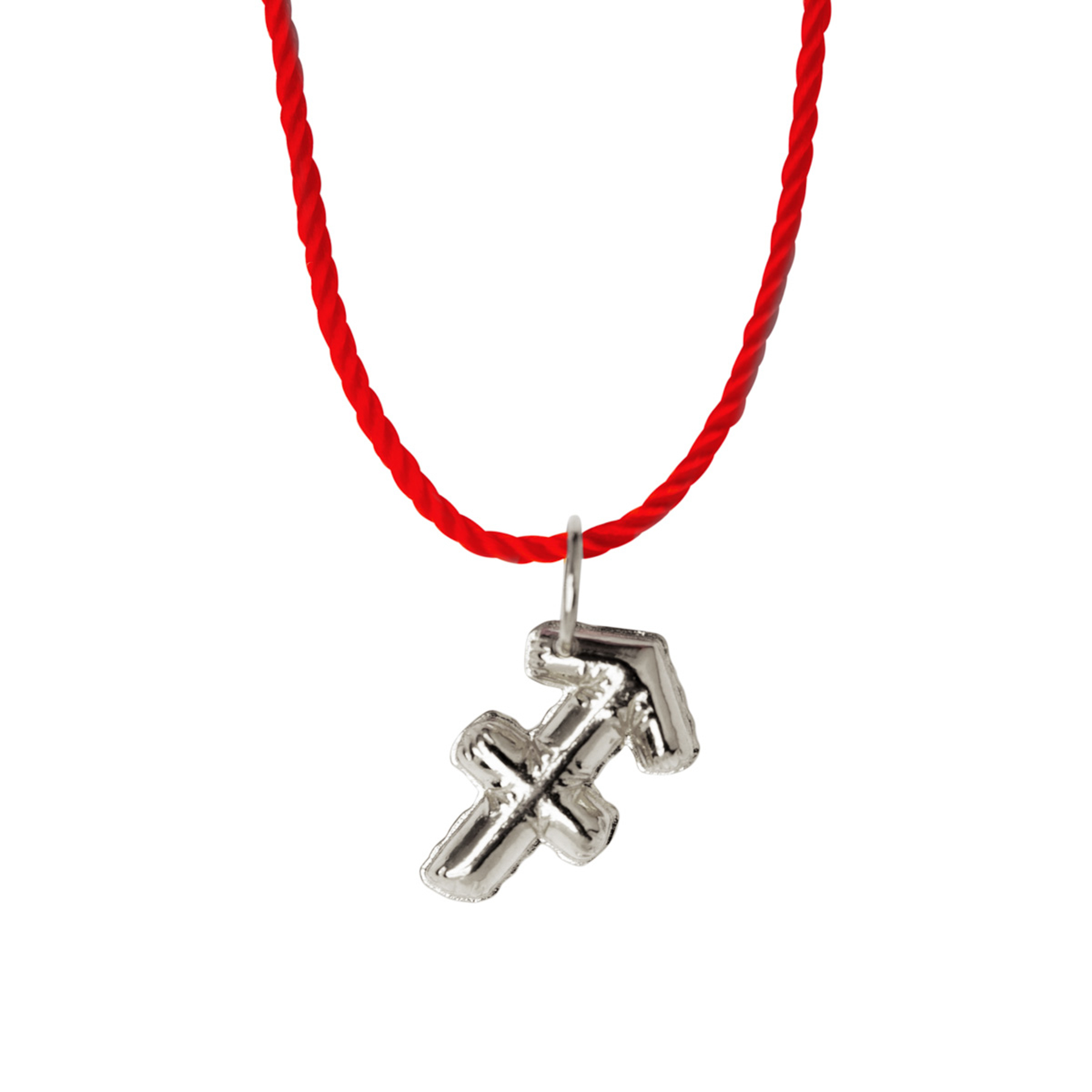 |
At this point, Vibe has been running her own business on and off for nearly 30 years. “It’s been a process,” Vibe says, reflecting back on her career. “There have been times where I felt optimistic, times were I felt frustrated, times were I wasn’t where I wanted to be. But also, I’ve realized that you never really reach ‘the top,’ you actually just keep evolving. It’s freeing to realize that, because then you can enjoy the journey a little bit more.”
As for what she’d tell aspiring jewelry designers, Vibe’s advice is simple: “hang in there!” She laughs. “Maybe that sounds bad, but if you aren’t sure that you want to do this, do something else. It’s a hard business, so only do it if you really love it. But if you do really love it…then wow, the opportunities are endless.”
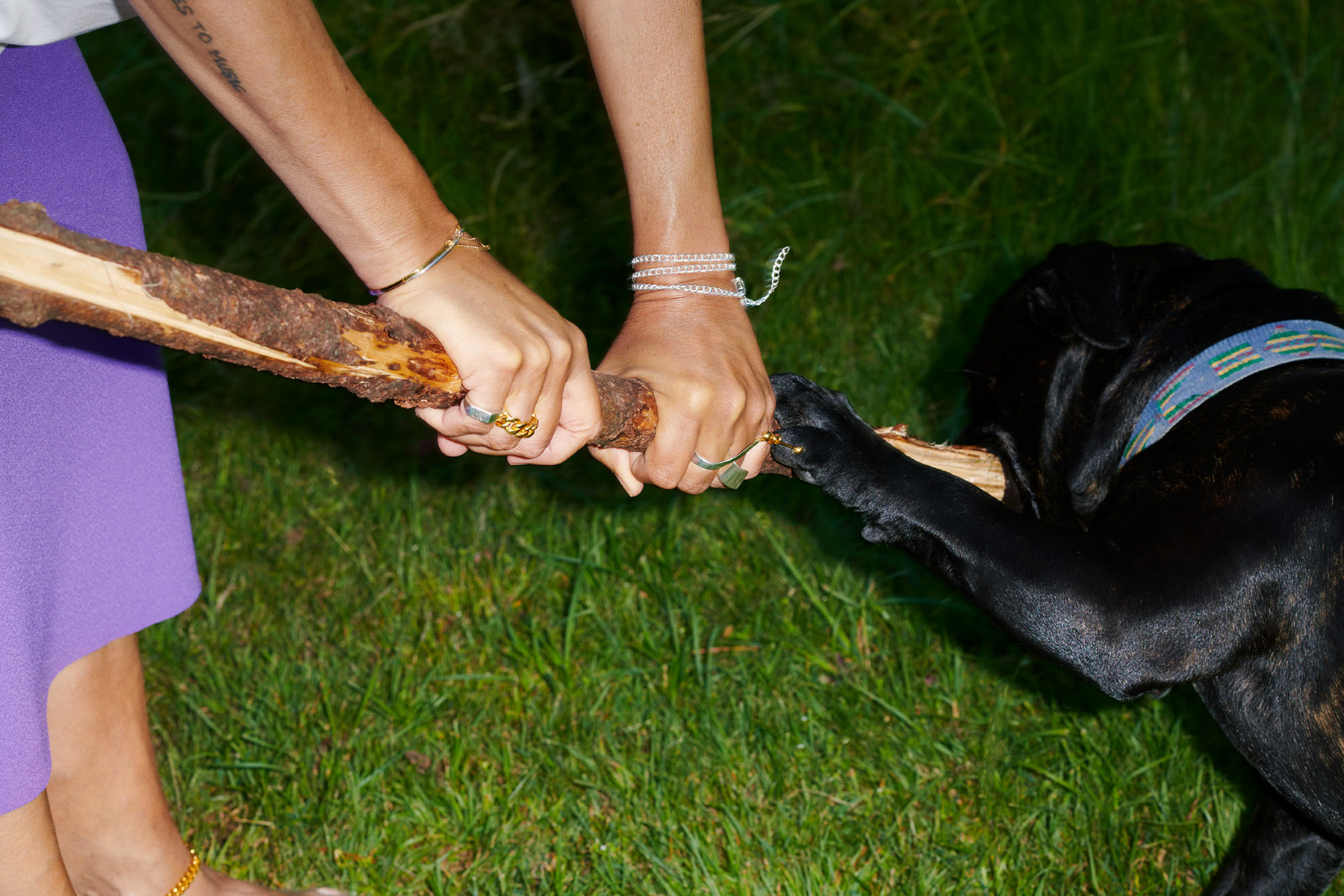 | |
 |
Want more Danish jewelry? See our list of Danish jewelry designers you’ll love.
Learn more about Vibe Harsløf.

